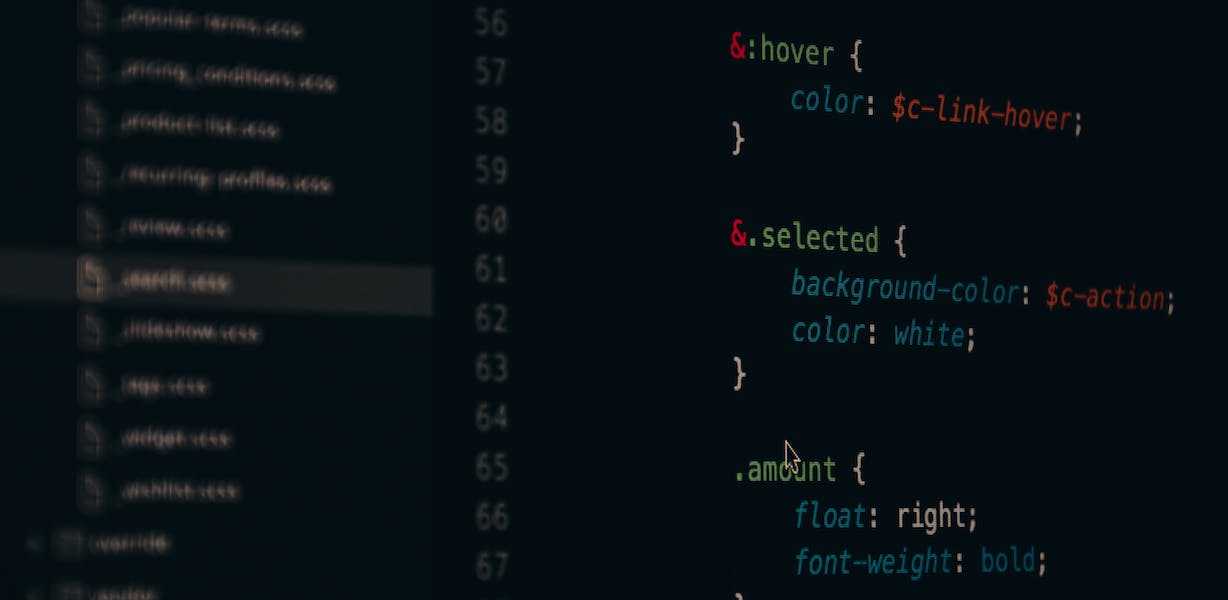In the dynamic world of technology, programming languages play a pivotal role in shaping the future of software development. Python, known for its simplicity and versatility, has become a favorite among developers. As we look ahead, it’s essential to explore the evolving landscape of Python development and anticipate the trends shaping its future.
Machine Learning and Artificial Intelligence (AI)
Python has become the predominant programming language in machine learning and artificial intelligence (AI) applications. This dominance is primarily attributed to the widespread adoption of libraries such as TensorFlow and PyTorch. As these libraries continue to gain prominence, Python is poised to maintain its leadership position in driving the advancements of intelligent systems and applications.
The language’s versatility, ease of use, and extensive community support contribute to its pivotal role in the evolution of machine learning and AI technologies.
Web Development Frameworks
Python’s web development tools, like Django and Flask, are improving, helping developers build intense and fancy websites. As Python keeps updating, these tools are expected to become even more helpful, making it easier and faster for developers to create cool stuff on the web.
The goal is to make web development with Python powerful, user-friendly, adaptable to new technologies, and overall better for everyone involved. The improvements show that Python is staying up-to-date and making it easier for developers to create awesome websites.
Data Science and Analytics
Python is staying strong in data science thanks to popular libraries like NumPy, pandas, and sci-kit-learn. These tools have made Python the go-to language for data scientists. Looking ahead, there’s a focus on improving data analysis in Python by improving tools for visualizing data.
This means it will be easier for data scientists to understand and work with complex data. Python is committed to staying at the forefront of these advancements, ensuring it remains a top choice for data professionals.
Serverless Computing
The shift towards serverless computing is changing how we create and deploy applications. Python is an excellent fit for serverless architectures, and as this trend grows, we can expect even smoother integration between Python and serverless platforms.
This will make application development faster and more scalable, as developers can focus on writing code without worrying about managing servers. The simplicity and versatility of Python align well with the serverless model, promising a more streamlined and efficient development process in the evolving landscape of technology.
Edge Computing
As real-time processing at the edge becomes more critical, Python is expected to play a crucial role in developing applications for devices at the edge. With the rise of IoT and the need for quick data processing on local devices, Python’s flexibility makes it a natural choice for creating applications that can efficiently operate in these distributed and resource-limited environments.
As this trend continues, there may be efforts to improve Python’s performance in edge computing scenarios by optimizing its runtime. This could involve making the language more efficient in terms of memory usage and execution speed, specifically tailored to meet the challenges of edge computing.
In essence, Python’s versatility positions it well for applications at the edge, and there’s a likelihood of ongoing adjustments to enhance its performance in resource-constrained environments, making it even more valuable for edge computing development.
Containerization and Microservices
Using containerization tools like Docker has become prevalent in software development, and Python is part of this trend. As microservices architecture becomes more common, Python developers increasingly adopt containerization for scalability, efficiency, and easy deployment benefits.
Python is expected to see more integration with container orchestration tools like Kubernetes as developers look for ways to manage and scale their applications effectively in containerized environments.
Security and Ethical AI
As the importance of security in software development grows, Python is expected to enhance its security features. Additionally, with increased awareness of ethical concerns in AI, Python’s community may prioritize creating tools and frameworks that promote responsible and ethical AI practices.
This dual focus on security and ethical considerations reflects Python’s commitment to providing a secure and morally conscientious environment for software development in the evolving technological landscape.
Cross-Platform Development
Python’s prowess in cross-platform compatibility has emerged as a critical strength, positioning it favorably in response to the growing demand for applications that seamlessly operate across diverse operating systems and devices.
It is anticipated that Python will continue to evolve, enhancing its support for developing applications that exhibit optimal performance and functionality across a spectrum of platforms. This adaptability is poised to meet the increasing need for versatile solutions that cater to the varied technological landscapes present in today’s dynamic environment.
Quantum Computing
While quantum computing is still in its early phases, Python is a go-to language for quantum programming. As quantum computing advances, there’s a growing expectation that Python will become more closely integrated with quantum computing frameworks.
This integration will allow developers to explore and experiment with quantum algorithms, leveraging Python’s adaptability and widespread use in scientific and computational fields. Python is poised to play a crucial role in the evolving landscape of quantum programming as this transformative technology progresses.

Community and Collaboration
Python’s vibrant community thrives on its open-source ethos, fostering ongoing evolution. Looking ahead, key trends include efforts to boost collaboration through streamlined developer interaction platforms. Mentorship programs are also gaining traction, promoting knowledge transfer and skill development.
Additionally, there’s a focus on developing tools to simplify contributions to Python projects, aiming to make involvement more accessible and diverse for sustained innovation.
Conclusion
Python’s future in development looks bright thanks to its flexibility and the active engagement of its community. Expect exciting progress in machine learning, web development, data science, and more. By keeping an eye on these trends, developers can stay ahead and contribute to Python’s ongoing success and innovation.
The collaborative spirit within the Python community ensures a dynamic and evolving landscape, providing ample opportunities for those involved to shape the language’s future.